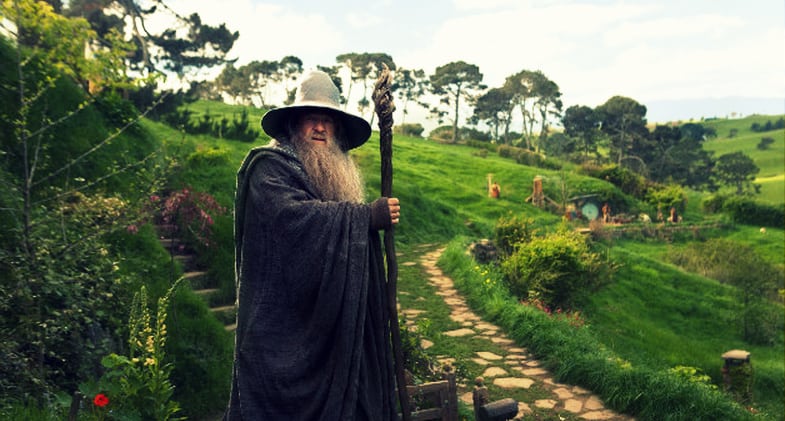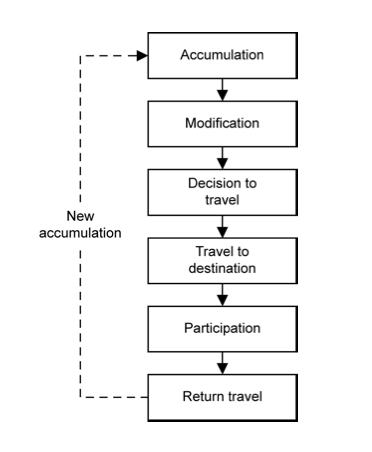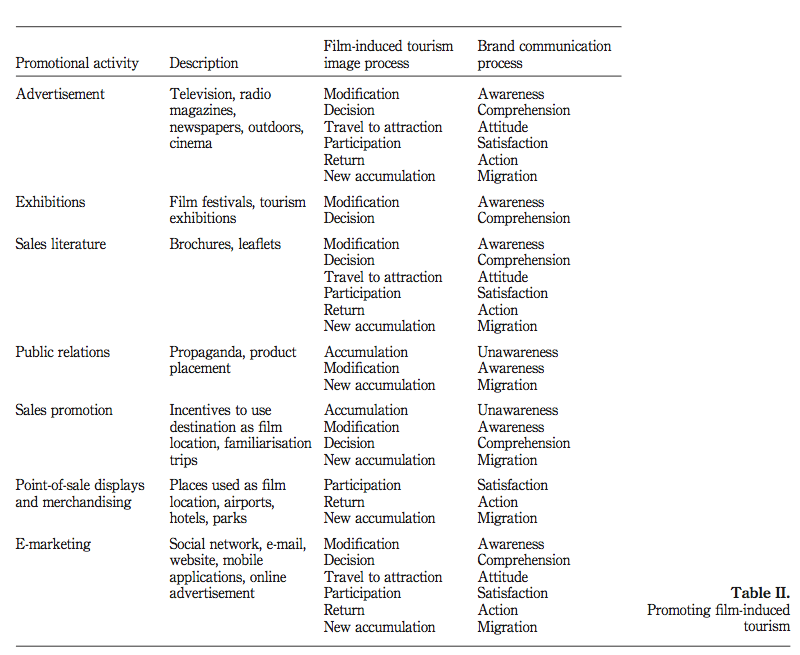Skift Take
Film and TV branding is new battleground for big-ticket destination marketing, and lot more research needs to be done in how travelers get influenced with these branding campaigns.
As we outlined in our Skift Global Trends for 2013, branding through movies and TV is the big new battleground in travel marketing. Destination marketing organizations are realizing the trend and looking to convert international attention a destination can draw from a movie into travel bookings. High profile examples include New Zealand’s starring role in Lord of Rings trilogy and the new The Hobbit series, and Britain similarly integrated tourism marketing efforts with the Bond film Skyfall.
But what are the motivating factors that influence traveler decision and purchase behavior in film-induced tourism? Two London-based researchers Rafael Pires Basáñez and Hadyn Ingram have tried to answer that question, in a paper titled “Film and tourism: the imagined place and the place of the imagined” in the latest issue of “Worldwide Hospitality and Tourism Themes” journal.
In particular, the paper delves into the psychological drivers of film, how these may impact tourism visitation and the relationship between tourists’ motivation and purchase behavior as a result of destination’s starring role in a film.
And the paper outlines a seven-stage framework to understand the film-inspired travel:
- Accumulation: a watched film creates images, which are compared with previous images of the same location.
- Modification: the actors, landscape and the story can help the viewer to identify with the film.
- Decision: powerfully-perceived images, when triggered by need, money and time can tip the decision to travel to the filmed destination.
- Travel to destination: a time of excitement when the imagined dream becomes a reality.
- Participation: enjoying the destination and the image is confirmed or disconfirmed by the reality.
- Return travel: the evaluation of the participation will be reflected in level of satisfaction with the visit. Reviewing photos or watching the film again will strengthen satisfaction and may lead to return visitation.
- New accumulation: watching new films will contribute to the viewer’s “image store”, thus triggering new possibilities for future visitation.
Given this framework, what are the opportunities for marketers to influence at each of these stages? The chart below demonstrates how different promotional activities can be used at different stages of this framework.
Get Skift Research
Skift Research products provide deep analysis, data, and expert research on the companies and trends that are shaping the future of travel.
Have a confidential tip for Skift? Get in touch
Tags: film, Travel Trends


